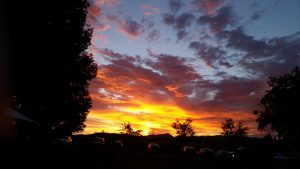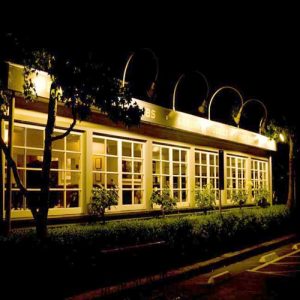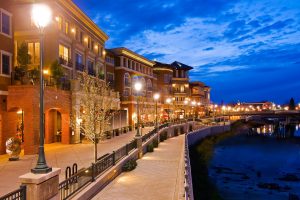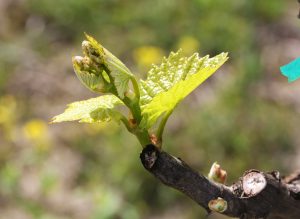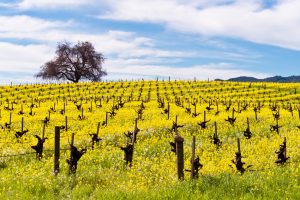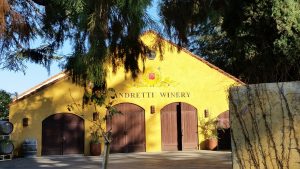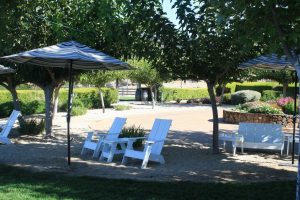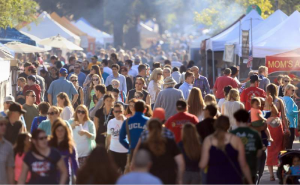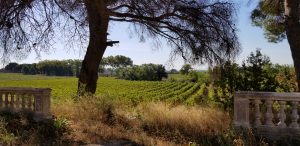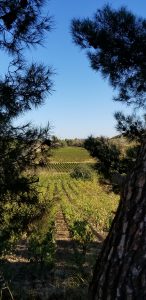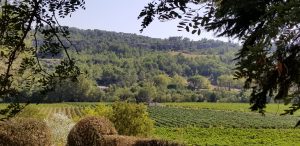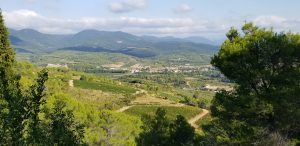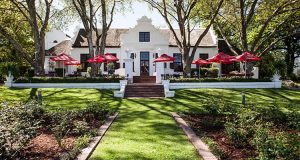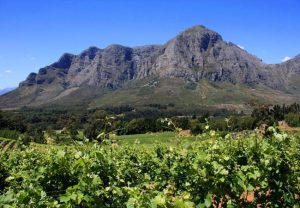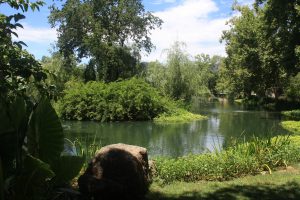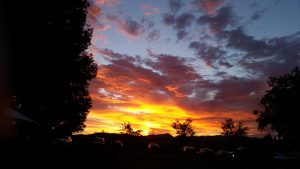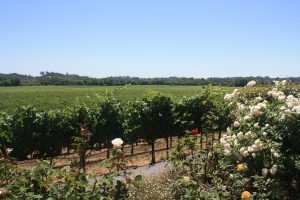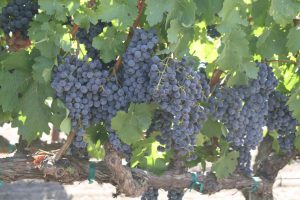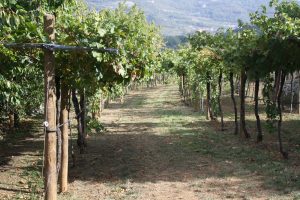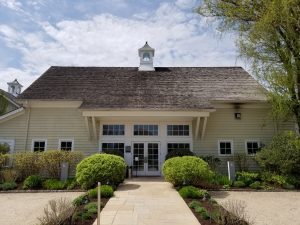Most people who think of spending time in Wine Country visualize it in daylight. That’s when the wineries are open for tasting and when the sunshine kisses the vines and makes the grapes grow. If you are going to spend more than a day, then you’re going to encounter at least one night there. In most parts of Wine Country, outside the principle cities and towns, there’s nothing to see or do because, well, it’s dark.
Famed for its restaurants, Napa Valley has a nocturnal side for visitors. One of its two main thoroughfares, Route 29, is well lit and there are attractions that are also illuminated. The smaller roads are only lighted up by passing headlights, which also creates an atmosphere rather spookier than that experienced by day.
Sunsets can be spectacular in Napa Valley. The wide-open spaces between the Vaca and Mayacamas mountains create a backdrop for the setting sun that can be quite dramatic. We think there must be something in the air there that brings out the best around 5:00 in the winter and 9:00 at the height of summer.
Sunset in Carneros, from the Etude winery.
Driving north on Route 29 you’ll pass a lot of hotels and commercial establishments at the widest part. Where the road narrows, you can see the lights of Yountville to your right. Popular restaurants such as Brix and Mustards appear on your left not much further on. Of course, they’re there during the day as well, but their rapid appearance out of the dark is a reminder of what were once called roadhouses, gathering spots out in the countryside with hints of racoon coats, bootleggers and late-night parties.
Mustards Grill. Photo courtesy of the Napa Tourist Guide.
These days, the action is to be found in the towns such as Yountville, St. Helena, Calistoga and especially Napa Town. The first three mentioned are really just villages, with one or two commercial streets including a few restaurants. Besides restaurants (and some very good ones) the town of Napa has the additional nighttime advantage of a beautiful walk along the river. The town leadership has refurbished the old buildings on the southern bank and erected a promenade. Passing down the walkway adds a very romantic after-dinner touch.
Nocturnal walks outside the towns are probably not a good idea. For one thing there are no sidewalks, so your only path would be in the roads themselves. Now, this is California where nobody walks if they can help it. So you’ll be traipsing along poorly lit roads. (Did we say, “poorly lit”. For the most part there’s no light at all.) Because most drivers aren’t expecting to see pedestrians, there’s an appreciable danger in taking a walk in the back roads. If you are intent on doing so, wear reflective clothing.
Napa Valley is a pretty magical place, day or night. Because daytime activities predominate, not many give consideration to seeing it by starlight. If you’re there, enjoy it.
The walkway along the Napa River. Photo courtesy of napawineestates.com
